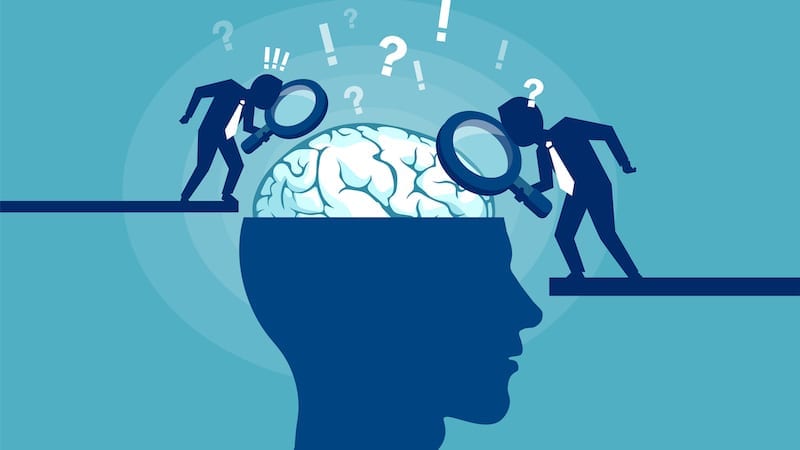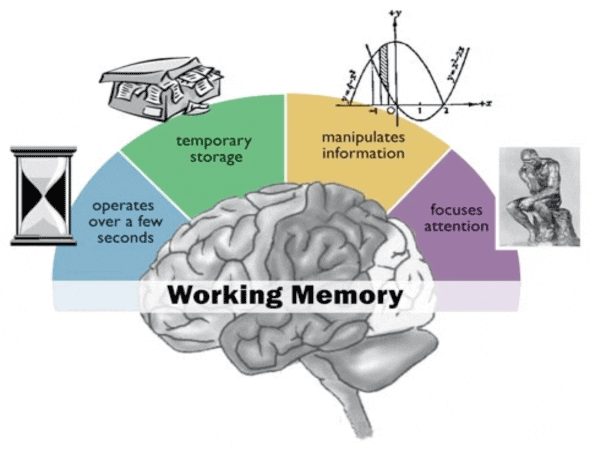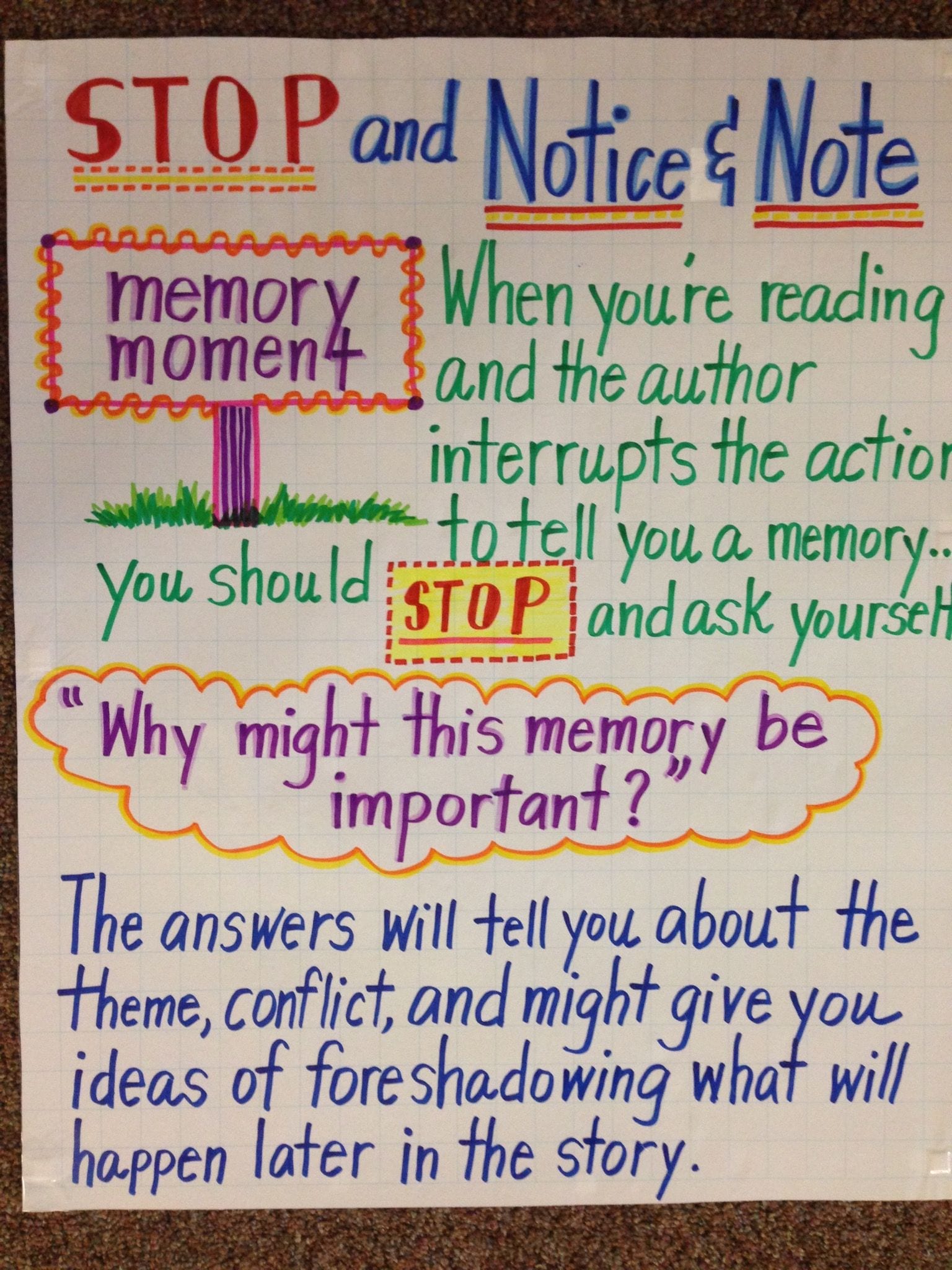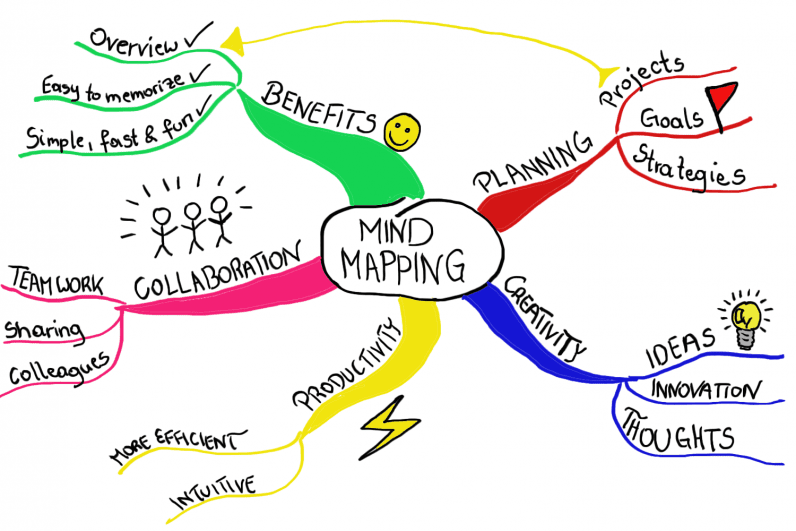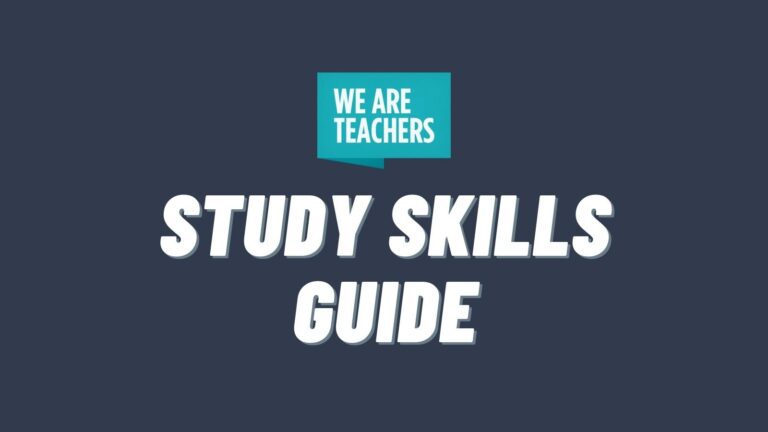As teachers, we know that when students have certain abilities, they’re better prepared for school and life. Working memory is one of those things. We know it when we see it: Students are organized, know exactly what to do after you’ve given directions, and are able to follow in-depth discussions.
On the flip side, there are students who need extra help to develop their working memory. As it turns out, working memory and dyslexia go hand in hand, and there’s a lot we can do to help students with dyslexia remember more.
What is working memory?
In short, our working memory helps us hold and use information. It’s the cognitive process we use to hold some information in our minds while we retrieve other information. It’s also involved with recalling information, from a set of directions to a story. We’re using our working memory across the day—completing step-by-step math problems, following a recipe after reading it, or doing tasks like identifying rhyming words or sounding out multisyllabic words.
Our working memory is small; only a few bits of information will fit at any time. That’s why, when you’re working through a math problem, you may have to refer back to it a few times to retrieve the information you lost. That’s also why it’s so frustrating for kids who struggle with poor working memory—everything seems to be passing them by.
Children with dyslexia have a higher rate of working memory concerns. The rate of poor working memory in students with dyslexia and other learning disabilities ranges from 20 to 50 percent , compared to 10 percent of students overall. So, it’s something that you’re likely to see in classrooms. Here’s how to help:
1. Give students personal reference charts.
Reduce the amount that students have to keep in their working memory with personal reference charts. This gives them the chance to actually think through higher-order tasks because they don’t have to take energy to recall basic information (math facts, vocabulary words, editing notations). It also helps them complete tasks faster because they aren’t relying solely on their memory to get information.
Teacher tip: Work with students to identify what information they have trouble recalling and show them how to create a personal reference chart. This teaches them to use this strategy throughout their lives.
2. Place anchor charts strategically.
Anchor charts are, really, a whole-class visual reference sheet, but they can also clutter your walls and make it difficult for students to identify which information they need to use now. Consider having rotating anchor charts at a specific space in your room where you can post the anchor chart that students should be using for the task at hand.
3. Embrace audiobooks.
For students with dyslexia, audiobooks remove the difficulty of sounding out words. This takes the pressure off their working memory so they can understand the story or content. Audiobooks that have options like highlighted text lets kids enjoy books without taxing their working memory.
4. Use visual organizers.
Teach students how to create visual organizers, like a mind map, that they can use to capture information as they read. Then, remind them to review their organizers at important moments during class.
5. Use colors to jog the memory.
Make it clear when things need to be in order. Students with dyslexia may repeat information in an incorrect sequence. If students need to remember or put directions or information in a specific order, consider having them create a list, highlight things in rainbow color order, or use another strategy. This helps capitalize on students’ visual working memory (which is different than their verbal working memory).
6. Teach one task at a time.
Even seemingly simple schoolwork may require a lot of working memory. Break large tasks into smaller tasks, then teach tasks individually. Finally, teach students to do all the tasks together. This helps students master each task individually, without having to rely as heavily on memory, as they create a routine, which makes larger procedures come together faster and more easily. It also helps create routines, which free up working memory as well.
7. Celebrate speech to text.
Teach students how to use speech-to-text software so they can get the words out of their mind quickly by making a recording, which they can use later. Recording ideas for essays and assignments reduces the load on working memory.
8. Document discussion.
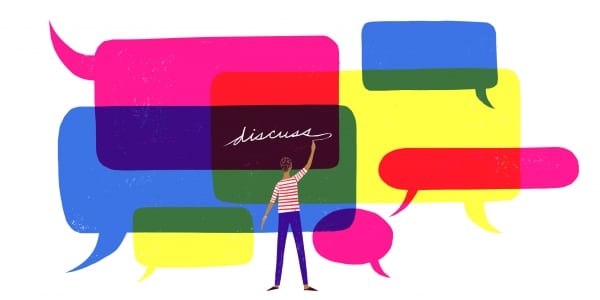
Image from: https://www.chronicle.com/interactives/20190523-ClassDiscussion
Having poor working memory makes it difficult to participate in conversation and discussion. Record the main points and ideas as you have a class discussion so students can engage in the big ideas without getting mired in trying to recall what their peers just said.
Making discussing working memory a schoolwide effort is beneficial for all the children we teach.
